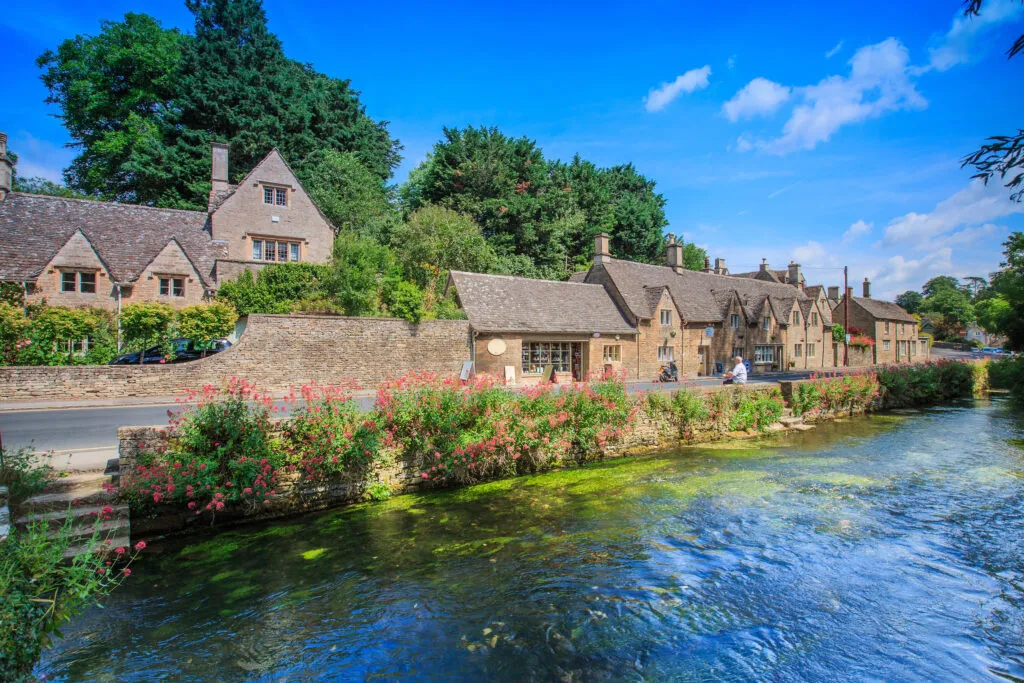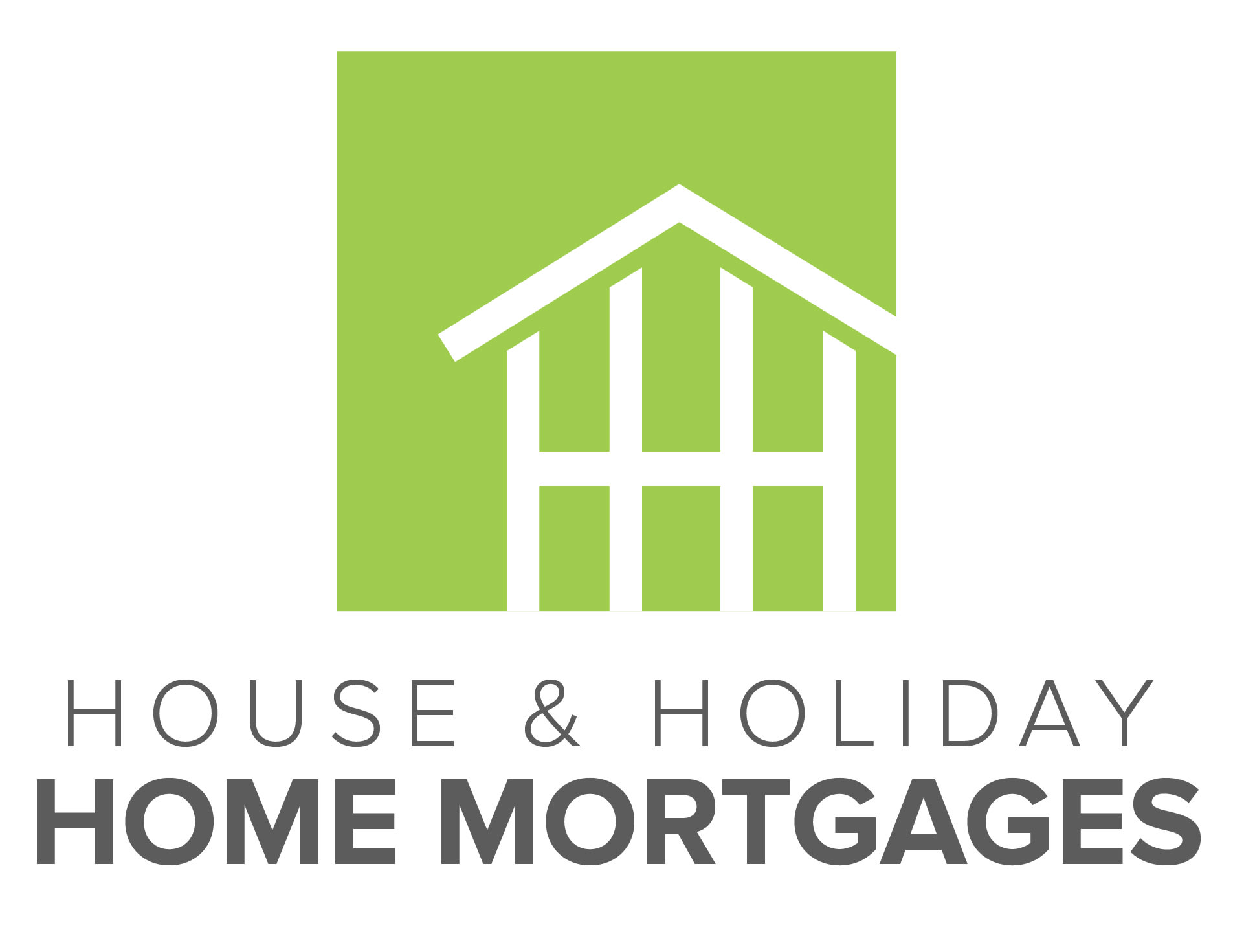Choosing the right holiday let mortgage

With foreign travel remaining challenging due to COVID-19, many Brits are turning their attention to the UK when planning their holidays.
With staycations on the rise and showing no signs of abating, it’s perhaps not surprising that interest in holiday let properties has also boomed.
There are many benefits to buying a second property to use as a holiday let. It can be a good investment over the long term, which could generate a significant second income while it’s being rented out.
Holiday lets also enjoy several tax advantages, thanks to the way HMRC views them as income-generating businesses.
So, if you’re thinking about dipping your toe in the holiday let market but not sure where to start – or even how to fund your investment – read on.
While you should always seek independent investment and tax advice before proceeding with your purchase, and the following shouldn’t be taken as advice in either of those fields, here are our top tips for choosing the right holiday let mortgage .
What is a holiday let mortgage?
A holiday let mortgage is a type of loan taken out on the value of a property that’s rented out to tourists, visitors and holidaymakers.
Strict rules govern properties that are classed as holiday lets.
They must be available for short-term rental for at least 210 days a calendar year and let out for at least 105 of them. They must also be advertised as furnished accommodation.
You can also mix business with pleasure at certain times by using the holiday let yourself when it’s vacant, although you should always check the terms of your mortgage before you do this, as different lenders have different rules .
One of the main benefits of owning a holiday let is the tax advantages it offers. You can
deduct mortgage interest payments and any expenses from the rental income to reduce your profits and your tax bill.
Again, you should seek independent tax advice before investing, so you understand the implications.
To qualify, your holiday let property must be short-term, no longer than 31 days at a time. Any continuous stay of longer than that won’t count towards the letting condition of 105 days in a year.
Letting your friends or family stay at no cost or reduced rates won’t be counted either.
How do I get a holiday let mortgage?
Several lenders offer holiday let mortgages, and different types are available, including interest-only and capital repayment options.
Check out our guide to the different kinds of holiday mortgages for more information.
However, there are fewer holiday let mortgages than residential mortgage products to choose from.
Lenders tend to view holiday let mortgages as riskier than standard mortgages, which means interest rates are usually higher and affordability checks are more stringent.
Unlike with a residential mortgage, the amount you can borrow will be determined by the rental potential of the property. Most lenders will also have specific income requirements that borrowers must meet.
Holiday let mortgages tend to be more difficult to arrange than residential or standard buy-to-let mortgages.
So, it’s always advisable to use a specialist independent holiday let mortgage broker to help you find the right deal and navigate the application process.
Holiday let brokers have in-depth knowledge of the market, know what current rates are available and where to get the best deals and have strong relationships with holiday let lenders.
How much do holiday let mortgages cost?
When it comes to cost, the interest on a holiday let mortgage will generally be slightly higher than what you’d pay on a residential mortgage, and you will usually need a bigger deposit to secure one.
Many lenders require deposits of between 25%-30% for a holiday let mortgage, compared to the 10%-20% you’d expect to save for a residential mortgage.
The overall cost of a holiday let mortgage can vary and will depend on several factors. These include the size of the property, number of bedrooms, location and access, and overall condition.
The lending criteria is often stricter on a holiday let mortgage too.
While every lender has different rules, a few things to consider here include:
- Minimum income – most lenders require the borrower to have an annual minimum income of between £20,000 and £40,000
- Mortgage amounts – the amount you may be able to borrow can vary significantly, from £25,000 up to £750,000, although some providers will lend up to £1.5m
- Loan to value – you can expect the LTV of a holiday let mortgage to sit between 70%-75%, meaning you will need a deposit of between 25% and 30%. However, bigger sometimes means you may be able to get a better interest rate
- Personal circumstances – to apply for most holiday let mortgages, you’ll need to be over 21 years of age, own your own home and have a regular, steady income
- Portfolio limit – some lenders set limits on the number of holiday lets you can own and rent out at any one time
Let us help you buy your dream holiday let property
The holiday let mortgage landscape is a niche area that requires specialist expert knowledge to navigate.
However, with the right specialist help, exceptions to all the above points can potentially be achieved or arranged, and you can secure the right mortgage for your needs.
Our expert team has over 40 years of experience in the holiday let market and is dedicated to taking the stress away from getting the right mortgage.
We’ll provide honest, straightforward advice and guidance on the right way forward and help you arrange the deal that’s right for you to make your investment a holiday let property as pain-free as possible.
For more information, get in touch today.

